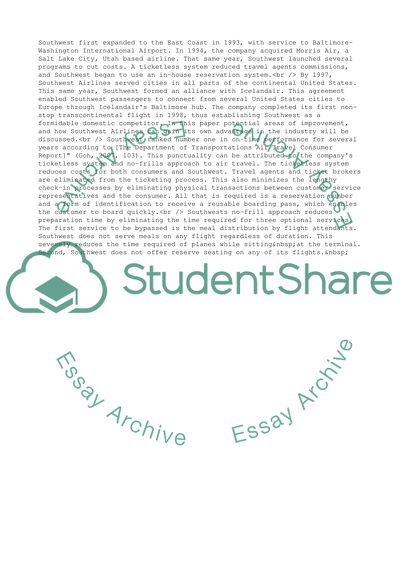Cite this document
(The US Airline Industry Case Study Example | Topics and Well Written Essays - 2000 words, n.d.)
The US Airline Industry Case Study Example | Topics and Well Written Essays - 2000 words. Retrieved from https://studentshare.org/management/1564604-us-airline-industry
The US Airline Industry Case Study Example | Topics and Well Written Essays - 2000 words. Retrieved from https://studentshare.org/management/1564604-us-airline-industry
(The US Airline Industry Case Study Example | Topics and Well Written Essays - 2000 Words)
The US Airline Industry Case Study Example | Topics and Well Written Essays - 2000 Words. https://studentshare.org/management/1564604-us-airline-industry.
The US Airline Industry Case Study Example | Topics and Well Written Essays - 2000 Words. https://studentshare.org/management/1564604-us-airline-industry.
“The US Airline Industry Case Study Example | Topics and Well Written Essays - 2000 Words”. https://studentshare.org/management/1564604-us-airline-industry.


